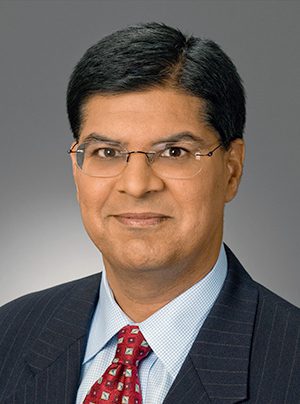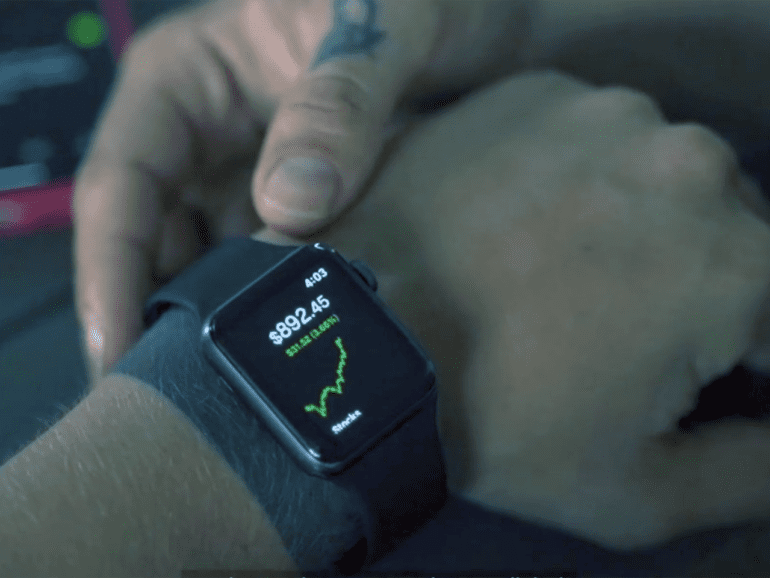Mobiquity‘s senior advisor for digital banking, Ruby Walia, believes the fintech industry is in the midst of its Venmo moment when it comes to buy now, pay later (BNPL), but one more intricate.
That evolution will continue to be a story to watch as BNPL capability grows in 2022.
Before Venmo, Walia said that folks couldn’t send money digitally to each other. The concept wasn’t on banks’ radar up until then, either.

Then came Venmo and an incumbent awakening. Banks knew they were spending money processing checks, but they were also conscious of the importance of every customer touchpoint.
They worried about disintermediation and the entry of a giant such as Apple or Amazon into the sector. Their collective response was Zelle, which is incorporated into many bank mobile apps.
Walia said, fast forward to the 2020s, where Affirm, Klarna, Afterpay, and others have created a capability that has clear resonance in the marketplace. It’s better than checks, which has immediate consequences as BNPL has evolved into term loans and unsecured personal lending.
“So this Venmo moment is not saving the banks money. It costs the banks money, which means it heightens the urgency with which they have to react,” Walia explained. “So the banks are trying to figure out how they play in the space, how they compete. And I think they’re one player in this ecosystem that will do something in this space over the next 24 months.”
Co-branded options possible
Merchants also have a stake, with larger ones having co-branded cards that see them getting a cut of credit card purchases, Walia noted. They lose that when they enable the Klarnas. More prominent merchants may have some leverage and negotiate with the BNPL brands, but most have to accept the fintechs’ terms, even as they cannibalize business from their own branded cards.
The possibility of co-branded BNPL options with the banks issuing credit cards has been raised. Walia expects merchants and banks to work on solutions, whether joint offerings or stand-alone ones, over the next two years. Network processors are also paying attention, and they are working on enabling banks in their networks to run BNPL.
“A payment gateway, for example, enables the experience on a terminal,” Walia said. “And so, in that experience, why couldn’t they enable a BNPL capability and manifest that inside the post? So that’s another constituency that’s looking at BNPL and saying to themselves, ‘well, why wouldn’t we do something like this?’
“And then the wildcard, of course, is Apple. So Apple is quite widely reported as doing something with Coleman and Marcus.”
Apple is one of the few companies that could come in and move the industry, Walia said. There were no negotiations when it introduced ApplePay — take their terms or watch from the outside. That gives them the power to fill a vacuum Walia sees in the US market. While it won’t sap the merchants’ and banks’ desire to enter the space, such a move will indeed resonate.
Cycle will shift
BNPL has become prominent as a vital part of the cycle. What happens when the cycle shifts? Walia said that the extra payment revenue shields BNPL players from higher defaults on a macro level. Consider who signs up for BNPL, he said. Many are less affluent and often with a thinner credit file. They see the ability to make payments over time as an opportunity to buy items they otherwise could not, as many don’t have cards. That is inclusion.
“From a credit perspective, it’s less risk than a credit card, which is essentially a never-ending line of credit,” Walia said. “This is why lenders hesitant to issue someone a credit card may approve a BNPL purchase or term loan. Consumers who have a credit card may still prefer a separate term loan with installment payments for big-ticket purchases, as that may come at a lower interest rate and would not block off a section of the card’s available balance.”
Walia said he has a contrarian view on open banking and its effect as the movement heads west from the European Union. He believes it has essentially existed in the United States for five to seven years. While some of the traits related to PSD2 and the use of payment rails that exist in the European Union are not present here, companies like Plaid have created equivalent capabilities, he reasons.
“They’ve actually created equivalent capabilities and maybe even more capabilities,” Walia suggested.
So if being in the process of opening up a Venmo account, as I’m filling out the screens on my phone, I have to provide my bank credentials so that they can access my bank account. Because Venmo doesn’t actually keep your money, they’re acting as a conduit. So Venmo doesn’t actually store my bank credentials.
Market-led approach
“In the US, it’s sort of a market-led approach, rather than a European government-led approach where companies like Plaid will allow third parties to create services that require access to our bank account.”
Looking ahead to 2022, Walia sees plenty of activity in BNPL, beginning with brands partnering with banks to introduce their BNPL capability like the sporting goods merchant Scheels did with FNBO. Walia said he had advised companies considering similar moves.
Look for companies to pursue better-embedded finance experiences, too, Walia said. They want to emulate that seamless Uber experience.
He suggests that real-time payments capability will also progress, which can work in combination with embedded finance due to the strong communications capabilities that connect payables and receivables from different companies.
Walia said that there is still plenty of room for innovation in making everyday financial interactions seamless. For example, look for more intuitive experiences where orders and payments for everyday items like your morning coffee are made for you.
“I see a lot more of that automation and reducing the messiness of having to engage in and handle all of those chores personally,” Walia said.
“For people for whom those kinds of things are part of everyday life, why can’t we automate that?”


